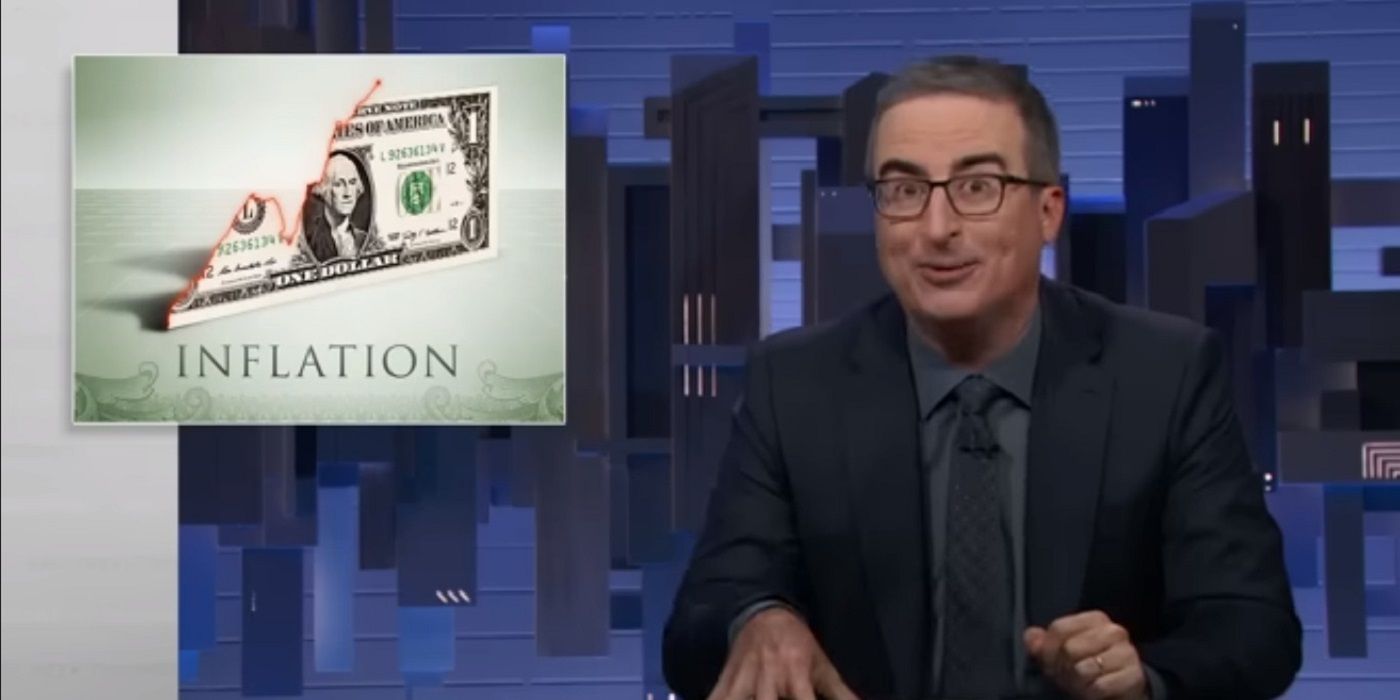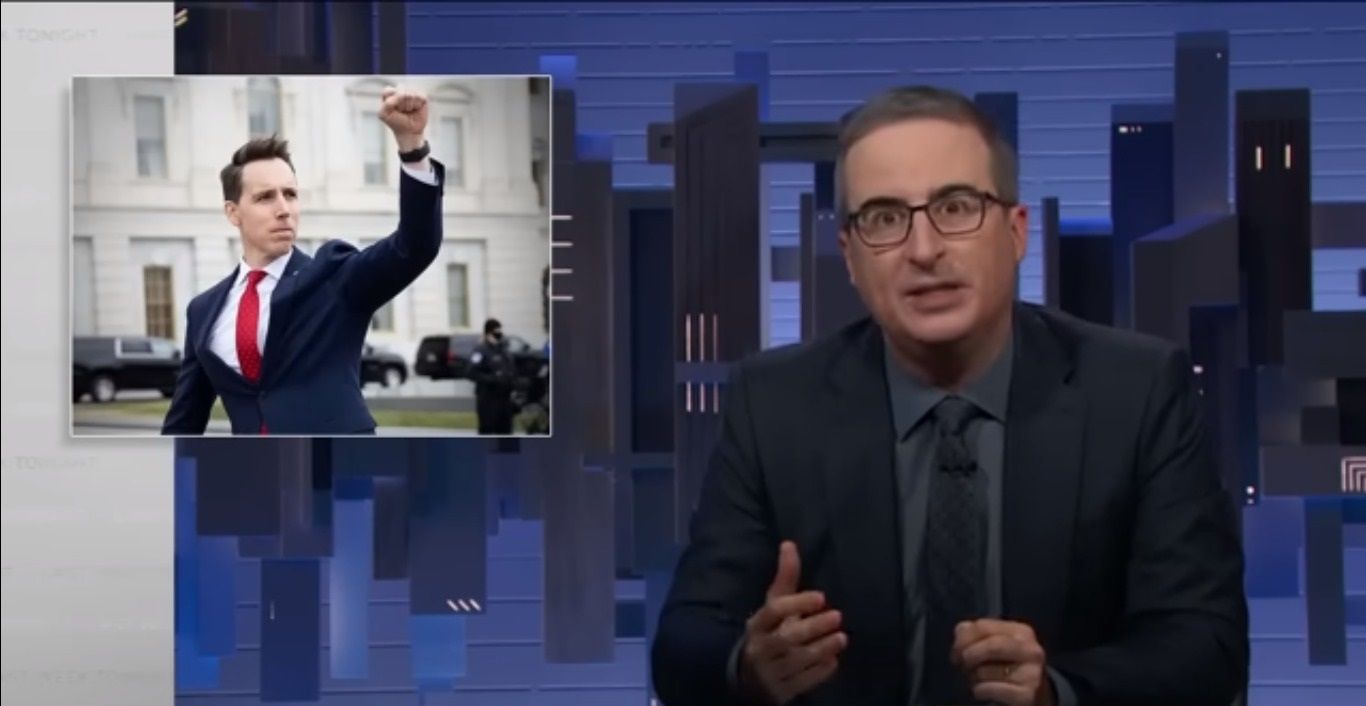After a couple of weeks of summer break, Last Week Tonight came back last Sunday, July 24, to make sure that you understand what “inflation” - a word you must have heard thrown around on the news quite often even if you’re not an economist - is all about. Well, as much as it is possible to understand since it can be tricky to pinpoint its exact cause.
After briefly mentioning some of the recent news highlights that occurred while the show was on break, including the Boris Johnson resignation and the Josh Hawley running footage, John Oliver dove right into the main story of the episode. He starts off by introducing the concept and explaining how inflation has worsened in the past year, with one of the most notable examples being a 59.9% increase in the price of gasoline. The host also calls out companies’ sneaky strategy to try to hide inflation by maintaining products’ prices but shrinking their size, a phenomenon known as “shrinkflation”.
Inflation is especially critical for those on tight budgets or fixed incomes. To illustrate this point, Last Week Tonight showcases a heartbreaking example of an elderly lady who was forced to work part-time after a retirement that lasted only 10 months.
There is a lot of “finger-pointing” when it comes to tracking down the right cause of inflation. And as it often happens, people tend to point their fingers at the thing they had been angry at, to begin with. If you’re a Democrat that’s likely corporate greed, if you’re a Republican that’s likely Democrats’ policies. But as the British-American host explains, the answer is not as clear-cut as some may make it seem. The truth is, “there is no one cause of inflation”. If we were to boil it down to its fundamentals, inflation happens when there is “too much demand for too little supply”.
Oliver also corrects President Biden’s assertion that Putin is to blame for inflation but concedes that the war in Ukraine certainly helped exacerbate it. Corporate greed is certainly a factor as well but, again, it’s not the root cause. Inflation is to be blamed on an array of different factors, “the pandemic, a stimulus, changes in spending patterns, supply chain issues, the war in Ukraine, to name just a few.”
Many people are turning to the Federal Reserve to solve inflation by “raising and lowering interest rates” and influencing the demand side of the economy. In the FED’s defense, the pandemic situation was unprecedented, and thus it’s taking longer for the supply side to heal than it was initially thought by both the FED and some economists who were expecting the issue to be solved organically. However, inflation has more than proved that it is not transitory but here to stay if nothing is done about it. It is paramount to determine if the issue is on the supply or the demand side of the economy in order to find a way to fix this. Unfortunately, it is not so easy to discern, as inflation often takes the guise of a vicious cycle.
Things are not all grim. The FED is taking steps to help lower inflation, and it has been predicted by most economists that this wave of inflation will pass in a year or a year and a half. But Oliver makes a point to emphasize that a year can be more than some people are able to monetarily endure and thus there should definitely be an effort to help them. Also, not as grim, but still a little creepy, is how the show finished on the topic of the demon dolls that have been washing up on the beaches of Texas and Oliver’s crusade to have them destroyed.


